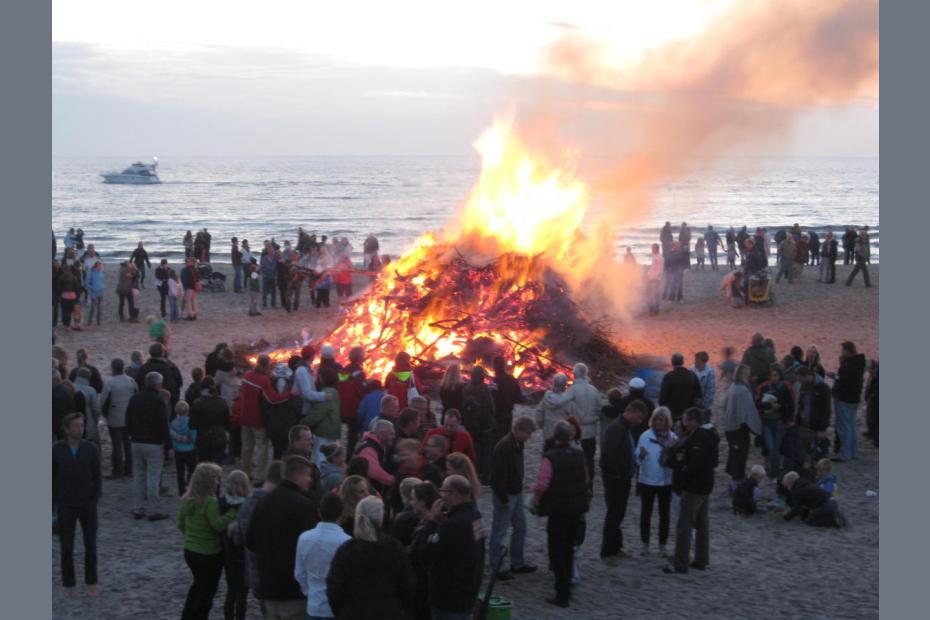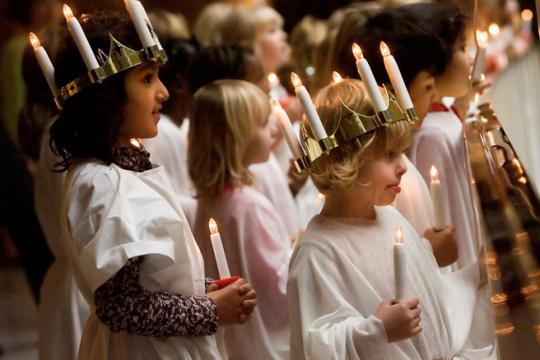Given the minimal role of saints in Danish religious culture, feasts are not a major aspect of Danish religious life, except at Christmas and Easter. The national holiday calendar looks very Christian, including two days at Christmas, four for Holy Week and Easter, Ascension Thursday, and two days for Pentecost. Even then, Danish holiday practices in the broader culture are “best understood as secular traditions with religious trappings.”1 Just as they celebrate Christmas primarily on Christmas Eve, Danes often celebrate their holidays primarily on the eve of the official day.
Christmas & St. Lucy's Day
See Christmas & St. Lucy's Day
Holy Week
The Danish calendar gives Danes more time off in Holy Week and at Easter than at any time of the year, but few Danes celebrate it religiously. As one lay interviewee put it, in contrast to Danish Catholic experience, other people “all eat lamb at Easter, and honestly have no idea what the day commemorates.” In a secular context, it usually serves as a spring festival, a time for daffodils and tulips, and colored Easter eggs.
Sankt Hans
Just as they mark the winter solstice, Danes mark the summer solstice on the eve before the feast of Sankt Hans (St. John the Baptist) with fires on the beach. Traditionally that celebration has included a dinner, the burning of an effigy of a witch on top of the bonfire, speeches, drinks and singing. In both summer and winter, the day is determined not by scientific calculation, but by traditions that marked them on particular saints’ days.
Martinmas
Catholics mark Martinmas, the feast of Martin of Tours, in November with a goose or a duck dinner the evening before.
- 1Phil Zuckerman, "Introduction," in Society without God: What the Least Religious Nations Can Tell Us about Contentment, (New York: New York UP, 2008), 10.

